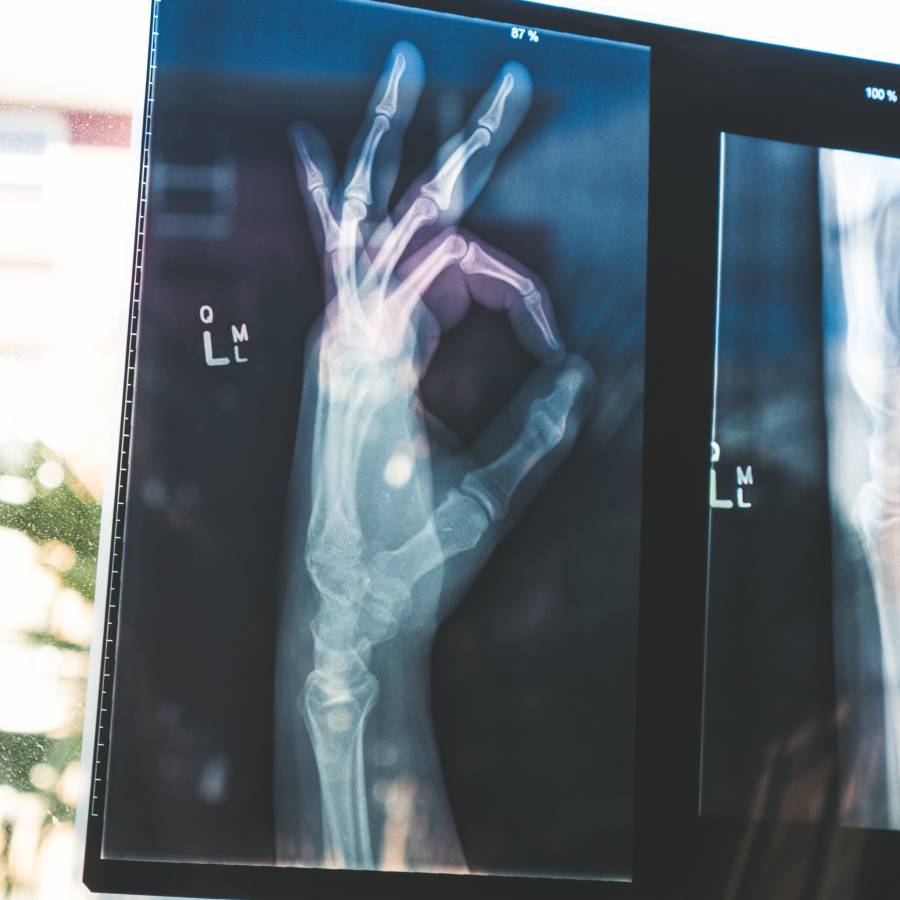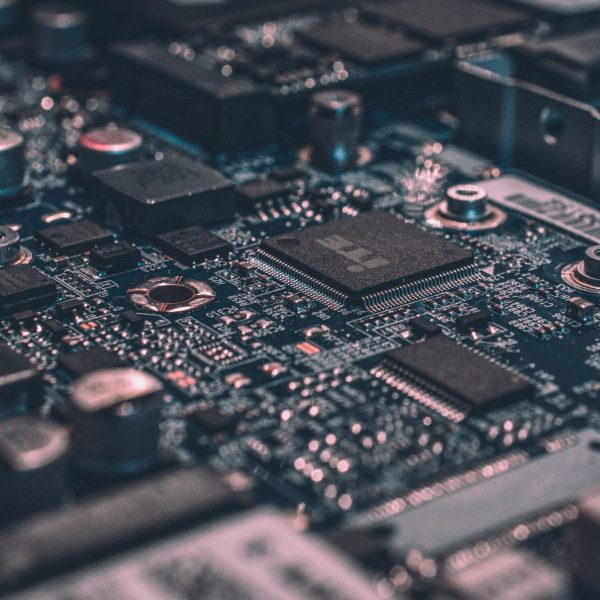Physics is everywhere! While some enjoy learning about space, others prefer more down-to-earth science. But do you know how we use physics in medicine?

Fact # 1
Sensitive prosthetic hands use the way light bends in different materials. These prosthetic hands contain stretchable ‘waveguides’. When these waveguides get deformed, the light sensors sense the amount of force applied to the hand. These sensors are so accurate that the hands can tell if a tomato is ripe!
Fact # 2
We use antimatter in brain scans! PET scans rely on antimatter to produce accurate images of the tissues in the body. They use a beta-emitting Fluorine isotope as a medical tracer. This isotope emits beta-plus particles, called positrons. Because they are electron antiparticles, they annihilate when interacting with the body’s electrons. This means that both particles turn into energy. This energy is detected and used to pinpoint exactly where the fluorine is. Since fluorine concentrates in high-activity areas, we use PET scans to watch brain function.
Fact # 3
Vibrating crystals are the basis of ultrasound scans! They work by using ultrasound, a sound that is thousands of times too high-pitched to be audible to humans. A transducer produces this sound by making a crystal vibrate using the piezoelectric effect. This ultrasound vibration is reflected when it encounters a boundary, like tissue and bone. By mapping where the vibrations are reflected, we can produce images of foetuses before they are born!
Fact # 4
Particle accelerators are curing cancer in a treatment called intensity-modulated radiation therapy (IMRT)! First, computer programs shape the field of treatment. Then, a Linear Accelerator collides electrons, producing an X-ray beam. From here, the high dose of radiation kills large tumours, so they can’t spread. This technique delivers the radiation to the area whilst reducing the impact on surrounding tissues.
Fact # 5
Researchers are currently working to understand the atomic motion within enzymes. Many pharmaceuticals inhibit the function of enzymes. So, understanding how they work could lead to a whole new branch of pharmaceuticals!
Want to learn about more applications of physics? Check out these 8 things you can do with a physics degree>>
Think you have what it takes to be a medical physicist? Find out more about a career in medical physics here>>
Article by Britt Dewing, Stemettes Intern





